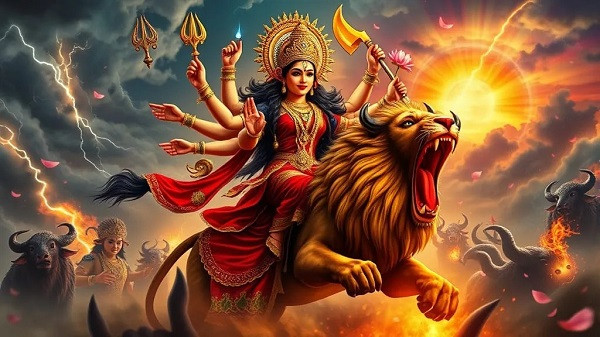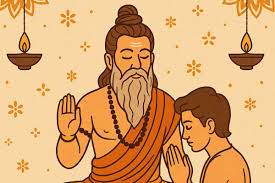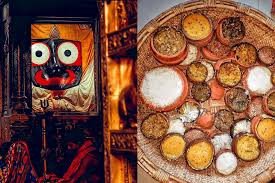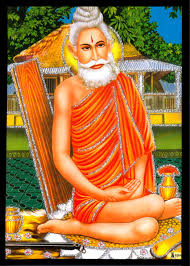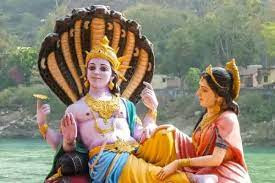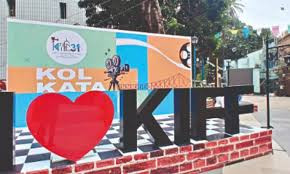Snan Yatra 2025: Devotees Celebrate Devsnan Purnima with Reverence and Rituals for Lord Jagannath
IIE DIGITAL DESK : June 11, 2025 — The auspicious occasion of Devsnan Purnima dawned, thousands of devotees gathered at the sacred town of Puri to witness the grand ceremonial bathing festival known as Snan Yatra, dedicated to Lord Jagannath, along with his siblings Lord Balabhadra and Goddess Subhadra. The day marked the divine ritual that precedes the famed Rath Yatra, celebrated every year with elaborate traditions and deep spiritual significance.
Observed on the full moon day (Purnima) of the Jyeshtha month, Snan Yatra marks the day when the deities are brought out of the sanctum sanctorum of the Jagannath Temple and placed on the Snana Mandap (bathing platform), allowing devotees a rare chance to see them outside the temple. This ritual, also known as Deva Snana Purnima, is believed to be the day of the Lord’s birthday and is treated as a public celebration of divine beauty and sanctity.
The ritual began at dawn with the Pahandi Bije, where the idols of Lord Jagannath, Balabhadra, Subhadra, and Sudarshan are ceremoniously escorted by priests and sevayats to the bathing altar. Devotees, who had thronged the temple premises from early morning, chanted hymns and mantras, creating a powerful spiritual atmosphere that echoed through the coastal city.
In accordance with centuries-old tradition, 108 pitchers of sacred water were drawn from the temple’s Suna Kua (golden well) and carried in a grand procession by temple servitors. The water was then used to bathe the deities in a specific sequence, believed to purify them and bestow blessings upon those who witness the ceremony. Each drop symbolized a spiritual cleansing not just for the deities, but for all devotees present.
Following the bathing ritual, the deities are dressed in Gajanana Besha, an elephant-headed attire that resembles Lord Ganesha. This visual transformation is symbolic and holds theological significance — according to legend, after the elaborate bath, the deities fall ill and are confined to a period of rest known as Anavasara for 15 days. During this time, they remain away from public view and are treated with herbal medicines and rest, much like human beings.
This ritualistic ‘seclusion’ is one of the most emotionally charged phases for Jagannath devotees, who await the Lord’s reappearance in the much-awaited Netrotsav ritual, just a day before the Rath Yatra. The Anavasara period also allows devotees to engage in penance, reflection, and preparation for the grandeur of the chariot festival.
The Snan Yatra is not merely a ritual but a symbolic re-enactment of the divine-human connection. It emphasizes the philosophy that the Lord experiences human conditions—birth, illness, rest, and rejuvenation. It’s this emotional proximity to the deity that makes Jagannath’s worship unique in the Hindu tradition.
Across Odisha and in many temples of Lord Jagannath in other states—including West Bengal, Gujarat, and Maharashtra—Snan Yatra is celebrated with devotion and vibrant community participation. Special bhogs (offerings), bhajans (devotional songs), and spiritual discourses are held to mark the day.
This year, arrangements were enhanced for devotees in Puri, with live screenings, increased temple security, and regulated access to the Snana Mandap to manage large crowds. The Odisha government and Shree Jagannath Temple Administration ensured smooth conduct of the rituals.
As Snan Yatra 2025, it sets the spiritual tone for the grand Rath Yatra, now just weeks away. For millions of Jagannath bhaktas, today’s celebration was not just a ritual, but a moment of divine connection, symbolizing the Lord’s eternal presence in every walk of life — majestic, merciful, and profoundly human.
You might also like!


